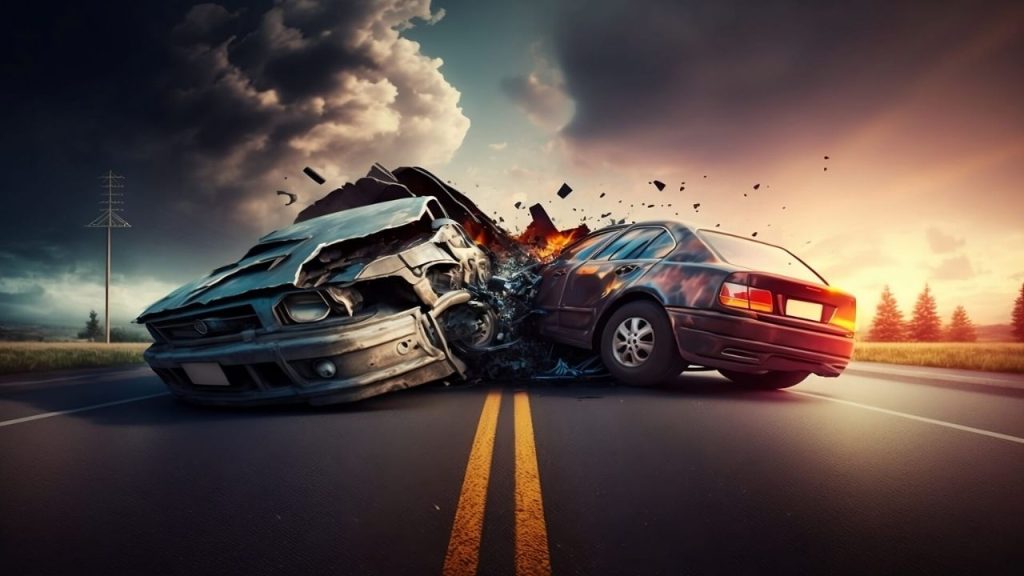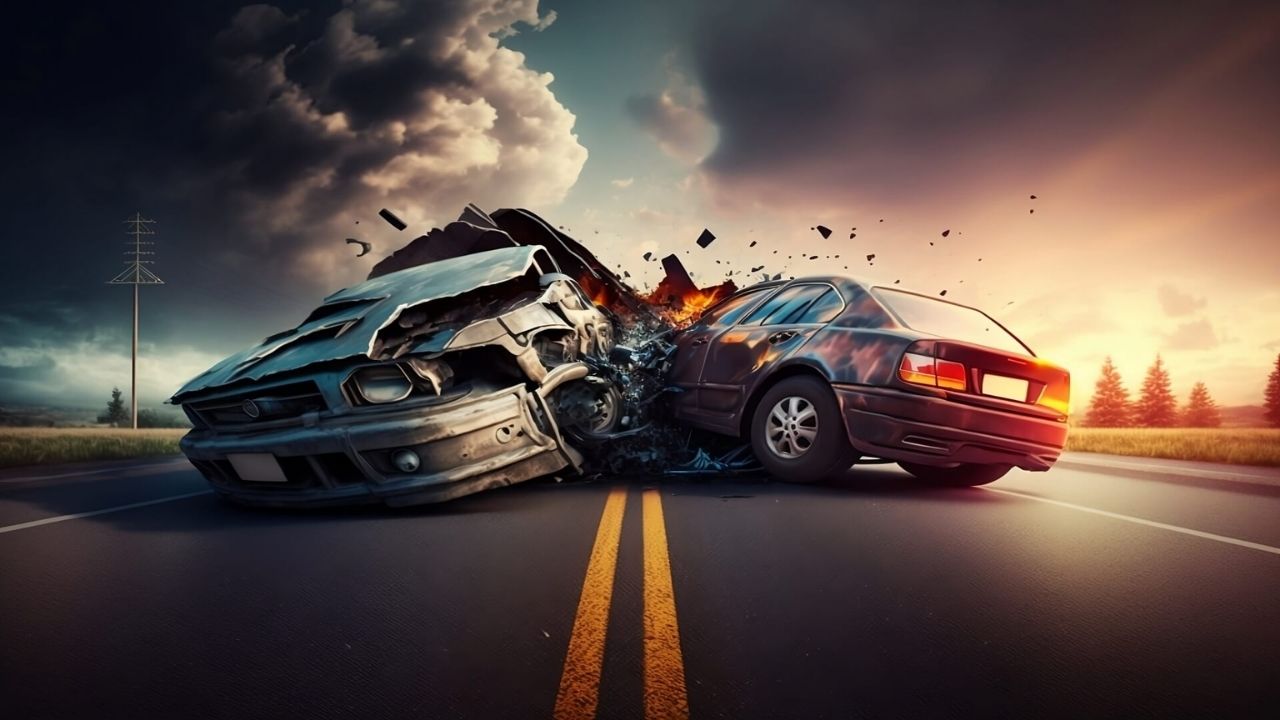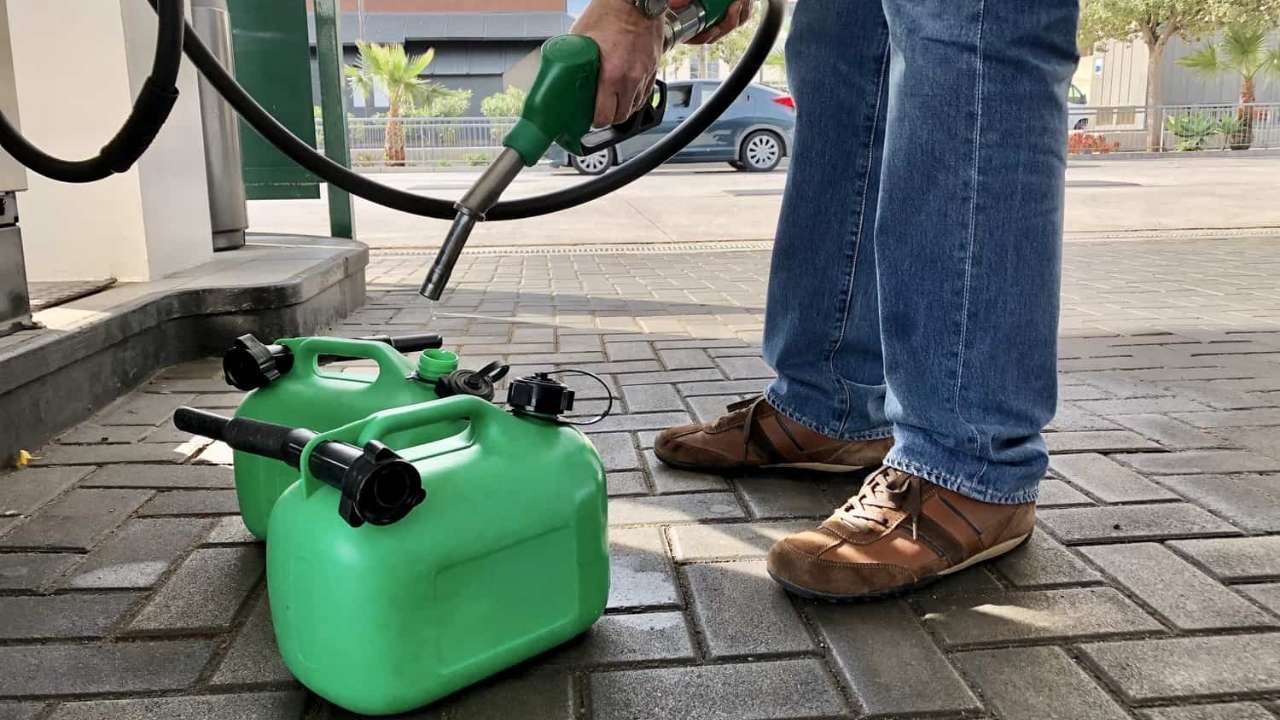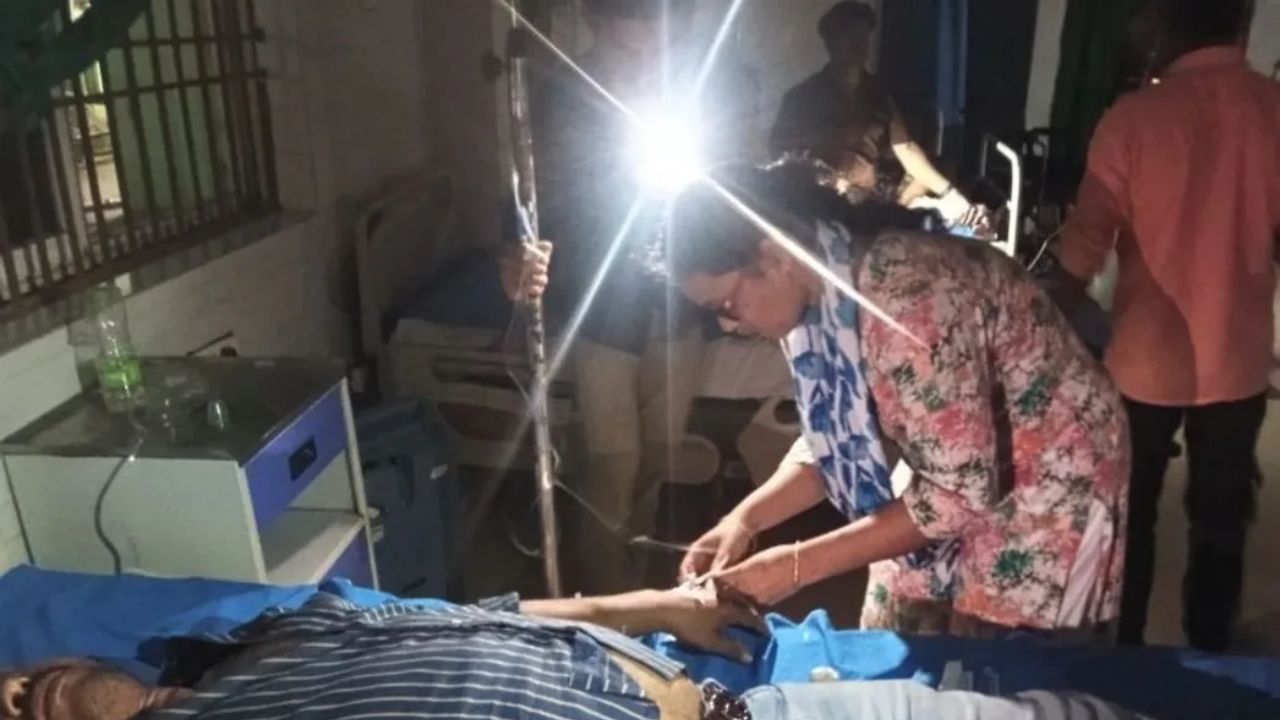A heart-wrenching tragedy unfolded in Sonepur, Odisha, when a young boy tragically lost his life after being run over by a truck. His father and sister were also critically injured in the accident, raising important questions about road safety and the vulnerabilities of pedestrians, particularly in busy areas. This devastating incident has left the community in shock and sadness, reminding us of the importance of understanding road safety, ensuring better infrastructure, and fostering awareness to prevent such accidents from occurring again.

This article delves into the details of the Sonepur tragedy, providing context on road safety in India, highlighting key statistics, and offering actionable advice to help avoid similar accidents in the future. Whether you’re a concerned citizen, a professional in the field of transportation, or someone simply looking to understand how we can all contribute to making roads safer, this piece will give you a comprehensive overview of the issue.
Boy Dies Under Truck Wheels
| Key Fact | Details |
|---|---|
| Incident Location | Sonepur, Odisha, near Ganda Chhak. |
| Victims | A young boy died, while his father and sister remain critical. |
| Cause of the Accident | Specific details about the truck’s involvement are under investigation. |
| Road Safety Concerns | Accidents like this emphasize the need for better pedestrian safety. |
| Preventative Measures | Awareness, better road infrastructure, and vigilant enforcement are key. |
Learn more about road safety from the official Odisha Government website
The tragic death of a young boy in Sonepur serves as a painful reminder of the vulnerabilities faced by pedestrians on our roads. It highlights the urgent need for improved road safety measures, better infrastructure, and more awareness for both drivers and pedestrians. By focusing on practical solutions, we can reduce accidents and make our streets safer for everyone.
What Happened in Sonepur?
On the morning of the tragic accident, a boy, his father, and his sister were crossing a busy road in Sonepur, located in the state of Odisha. Unfortunately, while attempting to cross near the Ganda Chhak area, they were struck by a speeding truck. The young boy, who was believed to be around 10 years old, was tragically run over by the vehicle. His father and sister were critically injured in the incident and rushed to a nearby hospital for immediate medical attention.
Though the exact cause of the accident is still under investigation, it is believed that the truck may not have seen the pedestrians due to the road’s heavy traffic, possibly combined with poor visibility or inadequate pedestrian crossings.
This heartbreaking tragedy is a stark reminder of how quickly life can change and highlights the need for better awareness around road safety in India, especially for pedestrians. While investigations are ongoing, this incident raises important questions about infrastructure and the safety measures that are in place to protect vulnerable road users.
Why Is Road Safety So Important?
In many parts of the world, including India, road safety is a pressing issue. With busy cities and rural areas becoming more densely populated, accidents are unfortunately common. According to a report by the World Health Organization (WHO), road traffic injuries are one of the leading causes of death globally, with India accounting for 11% of the world’s road traffic deaths. This statistic is a serious wake-up call that underscores the importance of raising awareness and making changes to our road systems.
To better understand road safety, we can break it down into key components:
1. Pedestrian Safety
Pedestrian safety is often overlooked when discussing road accidents. In many areas, sidewalks are poorly maintained or non-existent, forcing people to walk on the road where they are more vulnerable to accidents. Pedestrians, especially children, the elderly, and disabled individuals, are at high risk when roads lack proper infrastructure like pedestrian crossings and signals.
2. Driver Behavior
Another critical element is driver behavior. Drivers often fail to adhere to speed limits or other traffic regulations, which can lead to accidents. Distracted driving, whether due to mobile phones or other distractions, is a growing concern.
3. Road Infrastructure
Good infrastructure is essential for road safety. Roads should be designed in a way that minimizes the risks for pedestrians and drivers alike. This includes features like pedestrian crossings, clearly marked lanes, proper lighting, and speed bumps in high-traffic areas. Sadly, many parts of India still suffer from inadequate infrastructure.
4. Law Enforcement and Education
Traffic laws are in place to protect all road users, but law enforcement and education are crucial to ensuring that these rules are followed. Regular police patrols, traffic checks, and public awareness campaigns can significantly reduce accidents.
Preventative Measures for Road Safety
The Sonepur tragedy could have been avoided if proper safety measures had been in place. Here are some practical steps that can help prevent similar accidents:
1. Improve Pedestrian Infrastructure
Building better pedestrian infrastructure, like safe sidewalks, overpasses, and crosswalks, is essential. In areas with heavy traffic, pedestrian crossings and signals can provide the protection needed to safely cross the road.
2. Enforce Traffic Laws
Stricter enforcement of traffic laws is vital. Speeding should be penalized, and drivers should be held accountable for reckless driving, including those who fail to yield to pedestrians. Speed bumps and traffic lights at busy intersections are also effective tools for slowing down traffic.
3. Public Awareness Campaigns
Public education is a powerful tool in preventing accidents. Schools, local communities, and government organizations can run programs to educate children and adults alike on the importance of road safety. For example, teaching children to always look both ways before crossing the street or reinforcing the importance of wearing helmets while riding bicycles can save lives.
4. Pedestrian-Friendly Design in Urban Planning
When cities and towns are planned, they must prioritize pedestrian safety. For instance, urban areas should have clearly marked pedestrian zones, adequate street lighting, and pedestrian-friendly roads. Urban planning that focuses on mixed-use development—meaning areas with homes, schools, stores, and workplaces in close proximity—can reduce the need for long walks across busy streets.
Statistics: The Scale of the Problem
According to the National Crime Records Bureau (NCRB) in India, there were approximately 150,000 road accidents reported in 2020 alone. In these accidents, over 150,000 people lost their lives, and countless others were injured, many critically. These figures make it clear that we need to take immediate action to improve road safety and protect lives.
Some shocking numbers include:
- 40% of all road accidents in India involve pedestrians.
- Around 50% of fatal road accidents happen on national highways.
- Two-wheelers are involved in almost 35% of accidents.
These figures are not just numbers; they represent real lives and families affected by preventable tragedies.
Mohan Majhi and Narendra Modi Hold Talks on Odisha’s Growth Trajectory
Private Buses Back on Track: Relief for Odisha Passengers Amid Drivers’ Strike
Journalist Murdered in Odisha’s Malkangiri: Police Investigation Underway
FAQs About Road Safety and Pedestrian Safety
1. What can be done to prevent pedestrian accidents?
There are several ways to reduce pedestrian accidents: improved pedestrian infrastructure (like sidewalks and crossings), better traffic law enforcement, and public education on road safety. Drivers should also always remain alert and respect pedestrian rights of way.
2. Are traffic lights effective in preventing accidents?
Yes, traffic lights help regulate traffic flow and give pedestrians safe times to cross roads. Areas with pedestrian crossings and signals are far less prone to accidents compared to areas without such systems.
3. What is the role of speed limits in road safety?
Speed limits help reduce the likelihood and severity of accidents. When drivers adhere to speed limits, they have more time to react to unexpected situations, like pedestrians crossing the road.
4. How does distracted driving contribute to accidents?
Distracted driving, such as using a mobile phone while driving, significantly increases the chances of accidents. When drivers take their eyes off the road, they are less likely to notice pedestrians, other vehicles, or potential hazards.
5. What are some key statistics on pedestrian deaths in India?
According to the Indian Ministry of Road Transport and Highways, pedestrians account for around 40% of all traffic fatalities in the country, which is a staggering figure. More than 20,000 pedestrians lose their lives on Indian roads annually.





